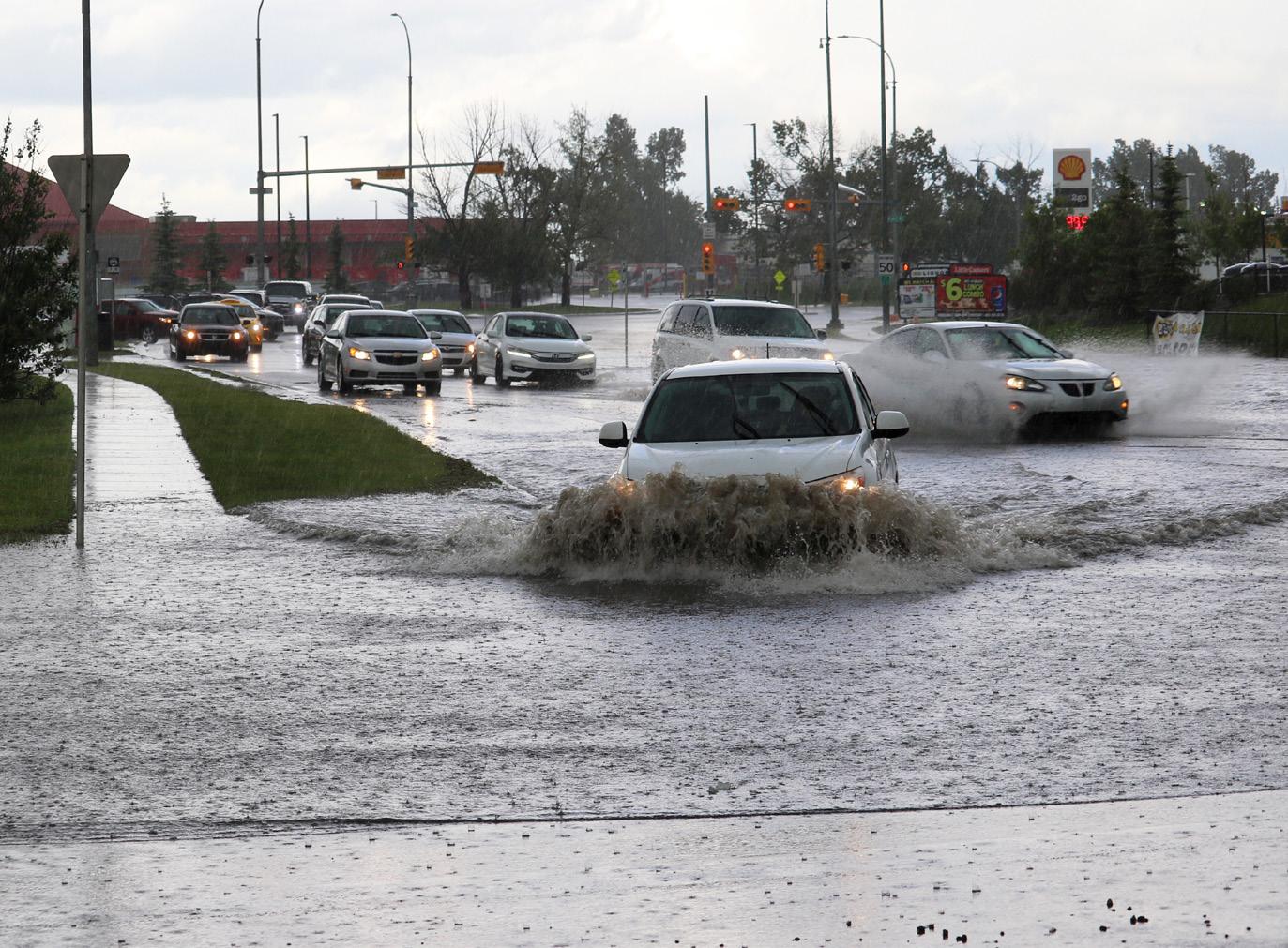
3 minute read
Woodwell weighs in with public comment on flood insurance
Future of food depends on drought resilience Shoring up food security in a changing climate will require system-wide changes to our current agricultural system. Part of that starts with adjusting farming strategies to mitigate the effects of the warming that’s already unavoidable. Dr. Rattis has begun outreach to the farmers whose land she collected data on, giving them a picture of what their farms will look like if nothing changes. “We need to make them feel that they’re part of the research, because they are. If we do, once we get the results, the probability of them using those results to adapt the way that they produce food will increase,” Dr. Rattis says. “They can see themselves in the historic part of the graphic and then I show them where, climatically speaking, their farm is going.” She’s hoping these conversations will open Brazil’s farmers up to practices that leave more native vegetation on the landscape, which would help stabilize the local climate and keep the natural watershed intact.
Caparas draws hope from the fact that the outcomes of her models are not set in stone. In the planet-wide experiment of climate change, we can affect the results. “These projections are due to changes in climate. They don’t account for adaptation strategies. The agricultural technology industry is fast-growing and so I think that there is hope, as long as adaptation techniques are implemented equitably,” Caparas says. Much of the innovation, Caparas says, will have to involve developing drought resistant crop varieties and less water intensive agricultural processes. In the long term however, securing a productive agricultural future for the Earth’s nearly 10 billion people by 2050 will depend on securing a stable climate. “First and foremost it always has to be getting climate change in check,” says Caparas.
IMPACT ALERT
Woodwell weighs in with public comment on flood insurance
by Natalie Baillargeon
External Affairs Coordinator
In 1968, Congress established the National Flood Insurance Program to cover a critical gap in most standard homeowner insurance. NFIP requires households with federally backed mortgages to purchase flood insurance and enables property owners to obtain premiums at affordable rates. Today, more than 5.5 million homes in the United States are insured by NFIP. Woodwell Climate recently submitted a public comment to the Federal Emergency Management Agency (FEMA) calling for NFIP to address a critical gap in its own coverage—climate change. While NFIP provides essential protection for high flood-prone areas, it does not adequately account for the fact that climate change is exacerbating flood risk in many regions of the United States. For example, in Decorah, IA, what is currently a 100-year rainfall event is on track to become a 1-in-28 year event by 2050. The NFIP must meet the rising flood risk facing our country, but the underlying FEMA data that informs the program does not sufficiently account for climate change. While FEMA is pushing forward some improvements, such as Risk Rating 2.0, their Flood Insurance Rate Maps are outdated, do not consider climate change, and have not fully mapped the United States. The maps are used to determine who must purchase flood insurance, resulting in a considerable portion of flooding occurring outside of covered areas. We greatly appreciated the opportunity to share Woodwell’s science as part of this process. A brief we wrote on the issue and our full public comment is found on our website. Woodwell Climate Research Center is working to ensure that these policies incorporate the latest and best climate science.
Find the brief and comments at: woodwellclimate.org/flood-resiliency




